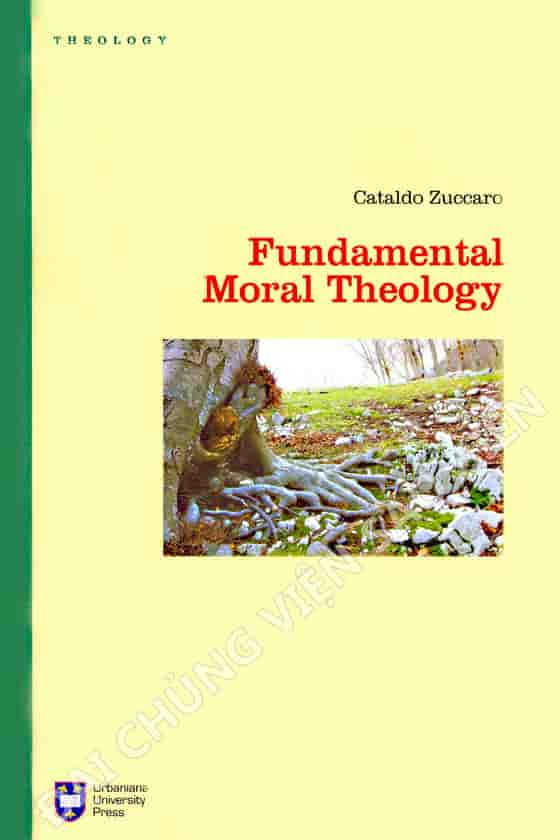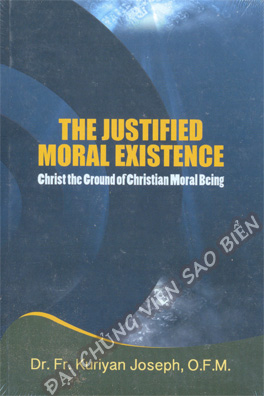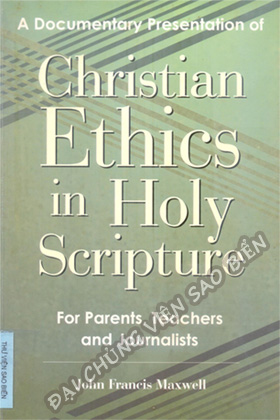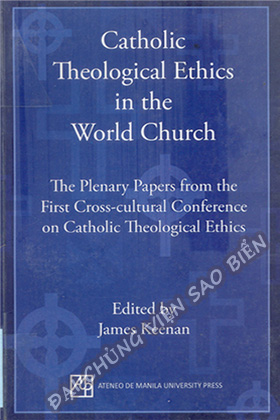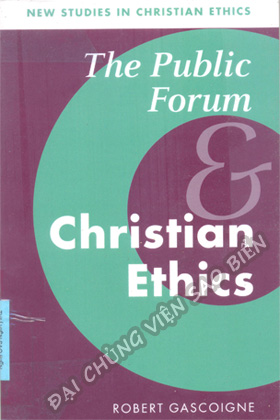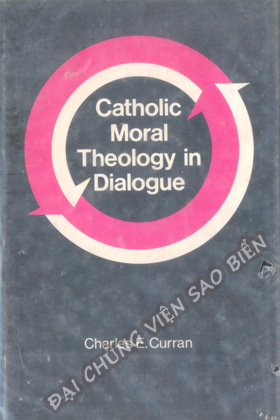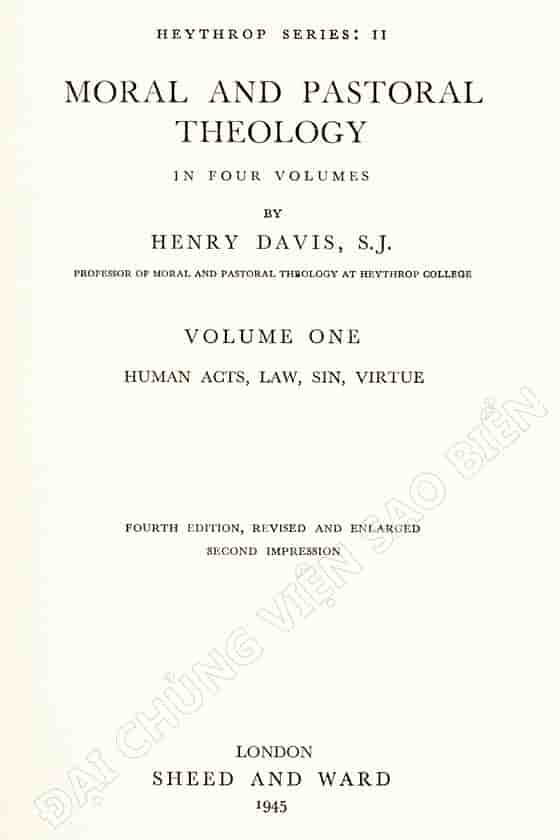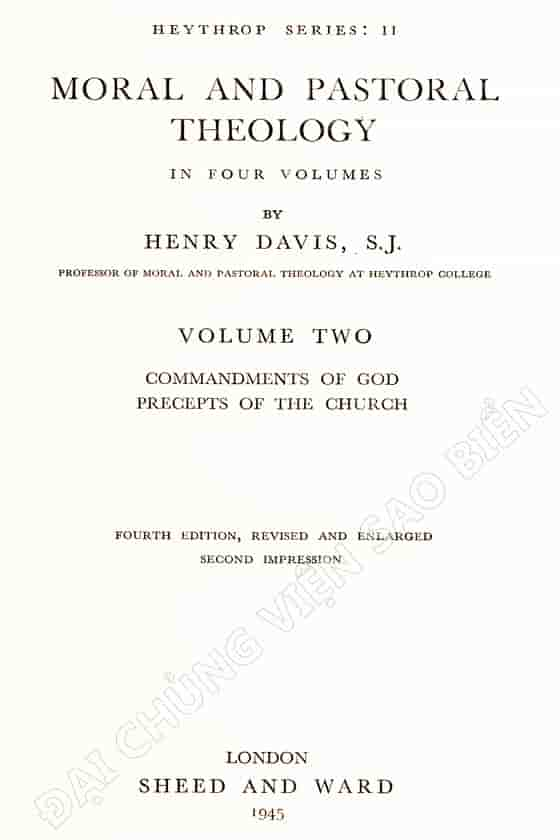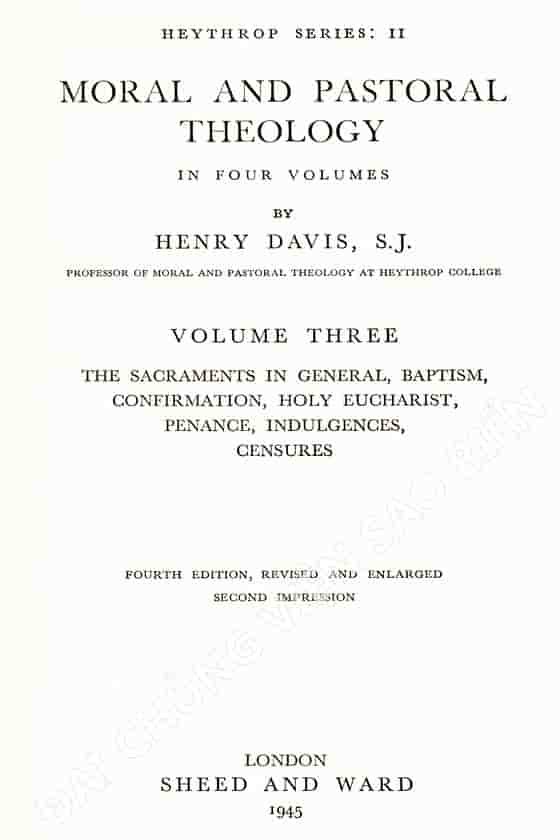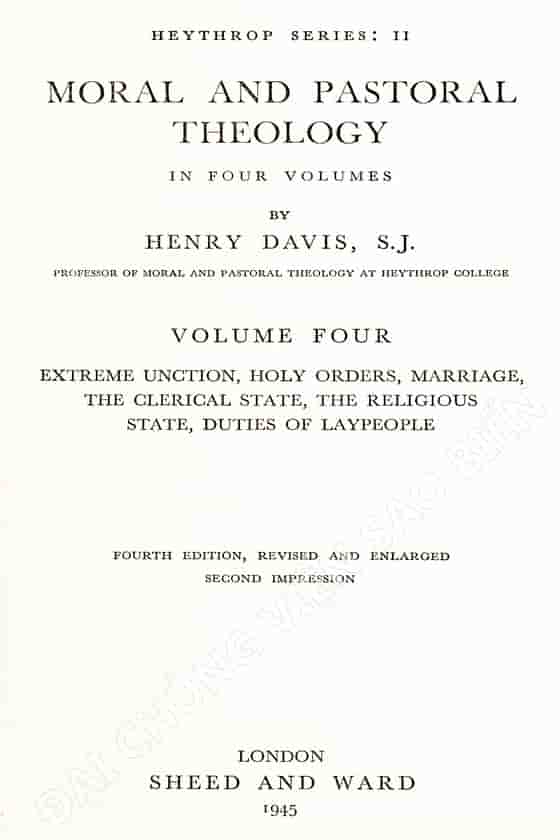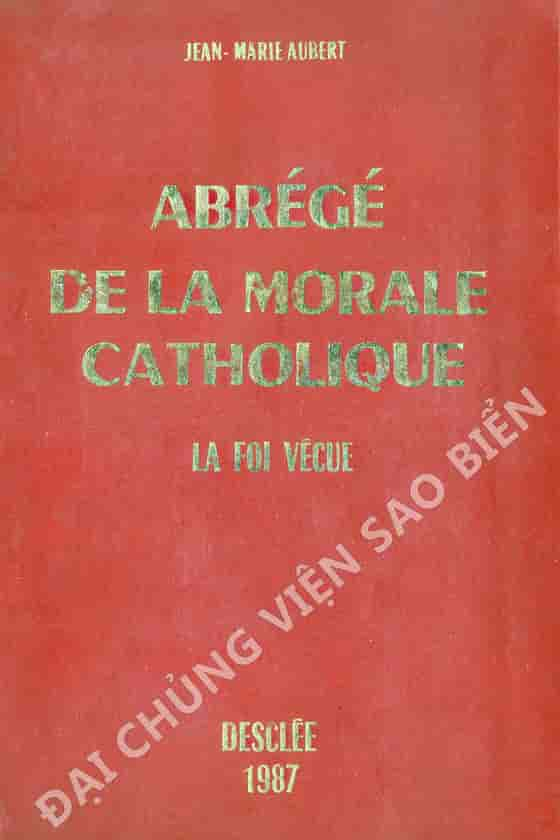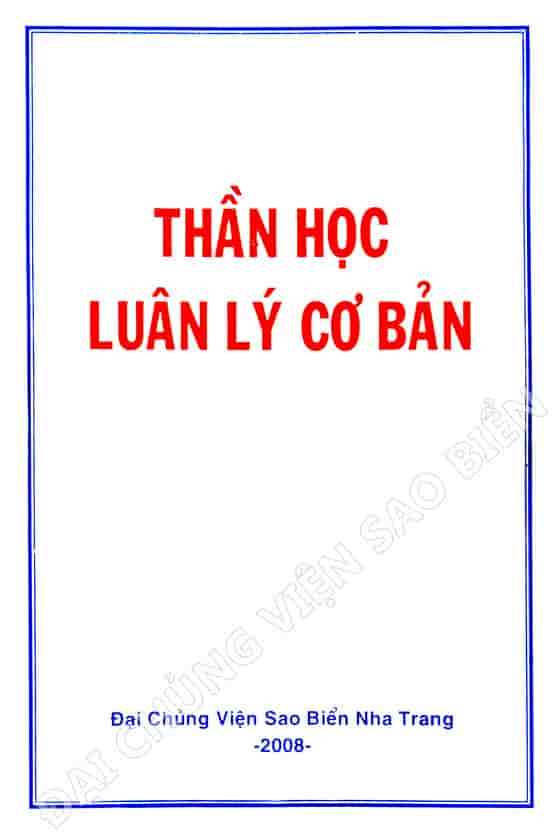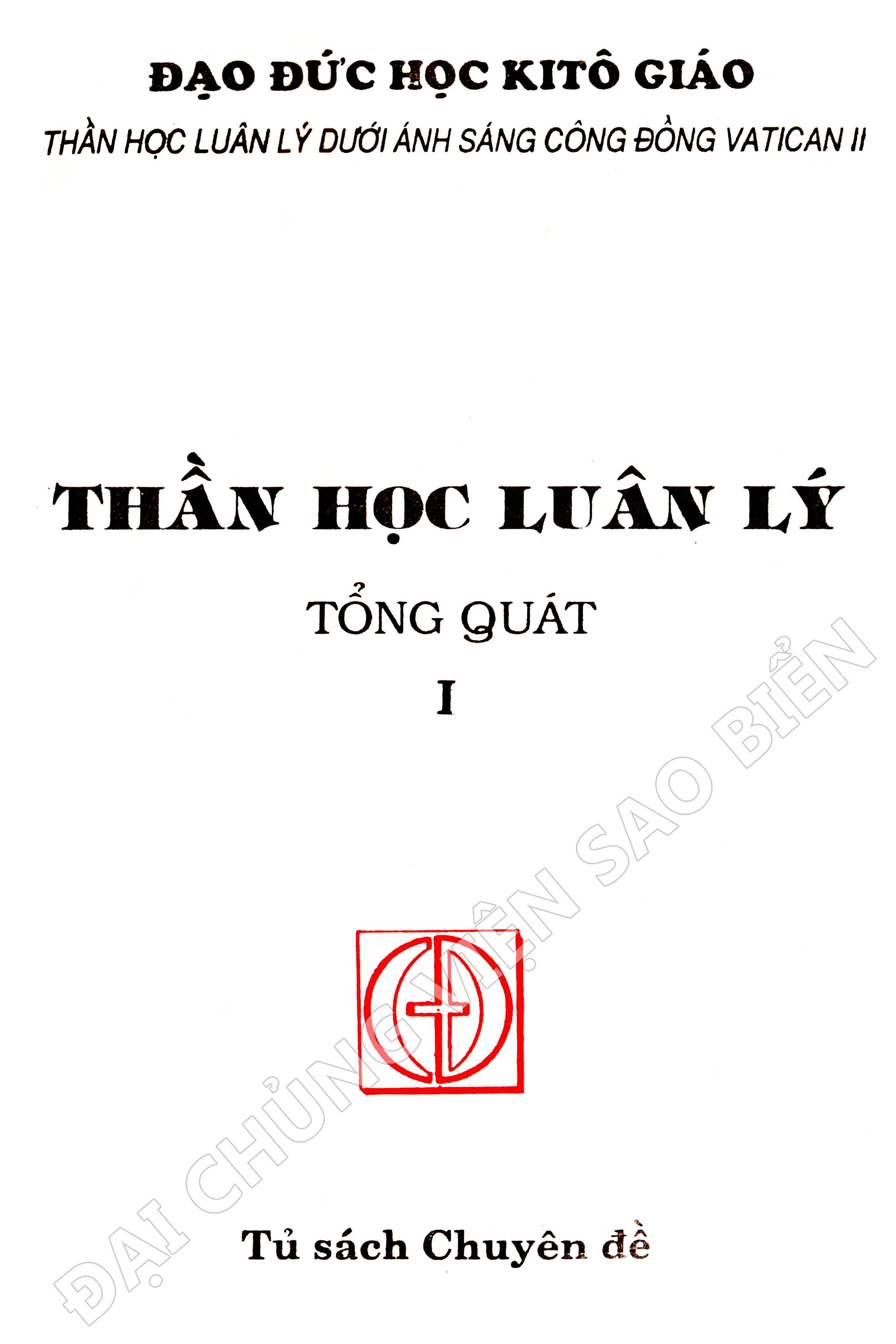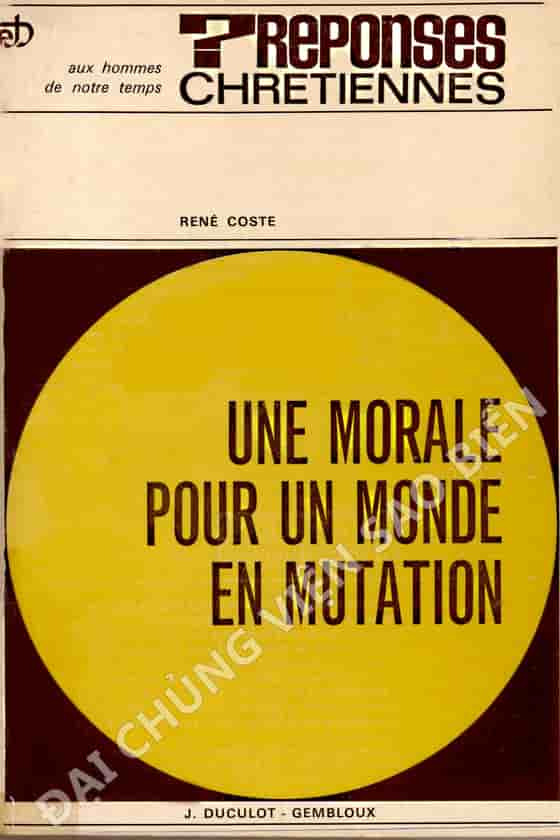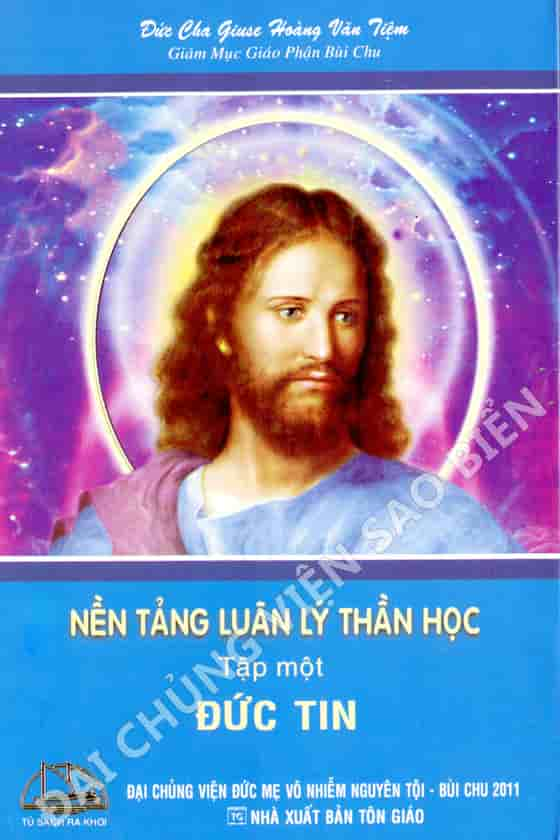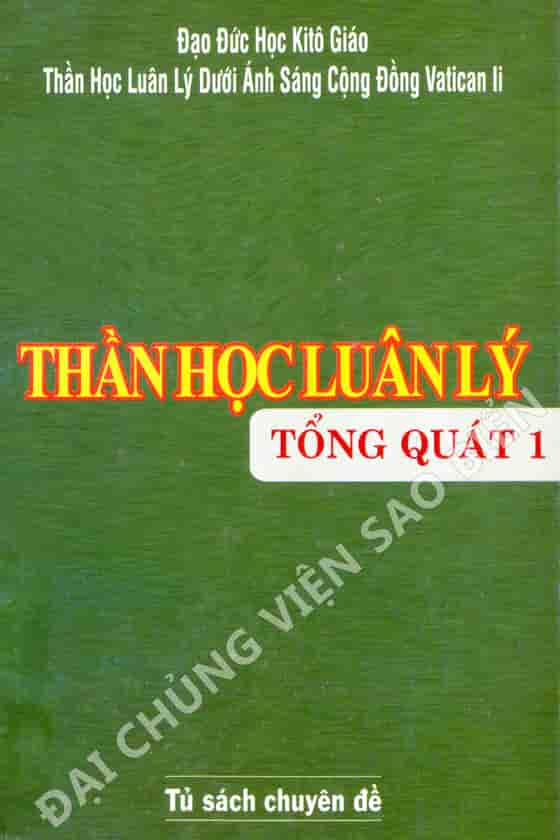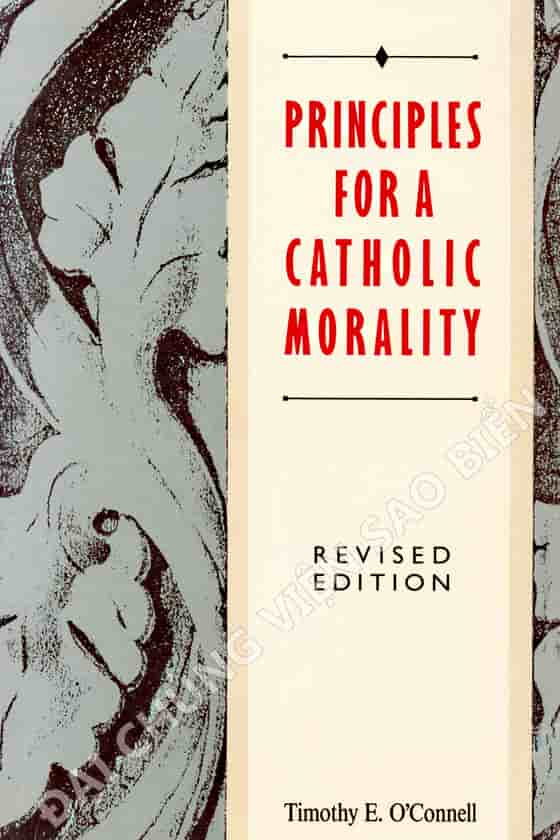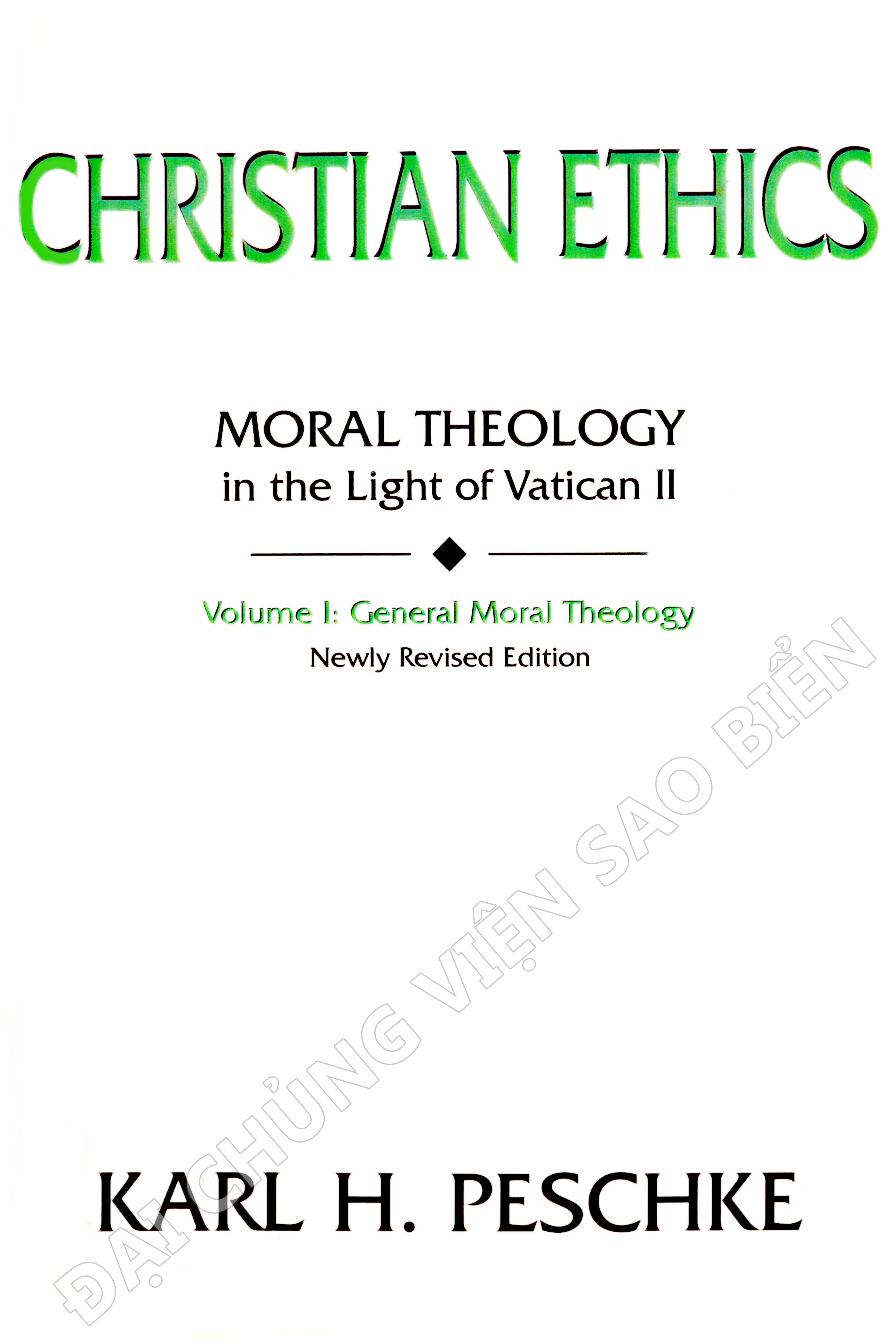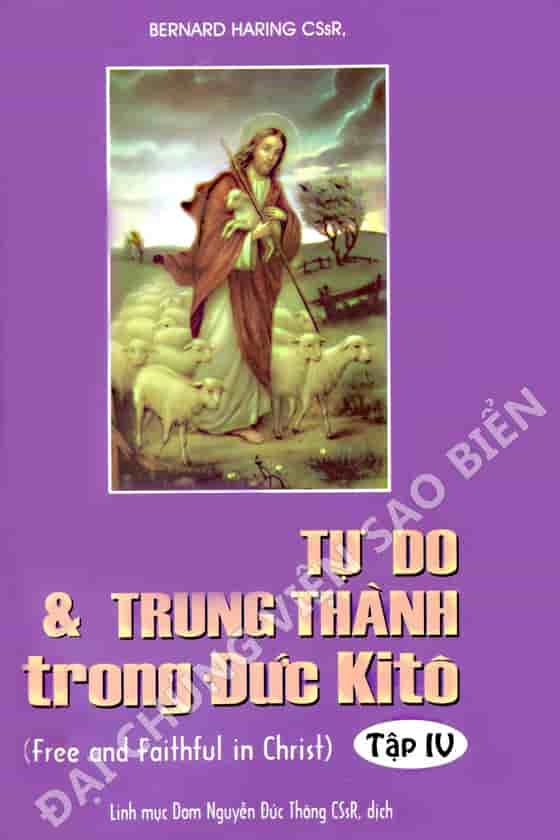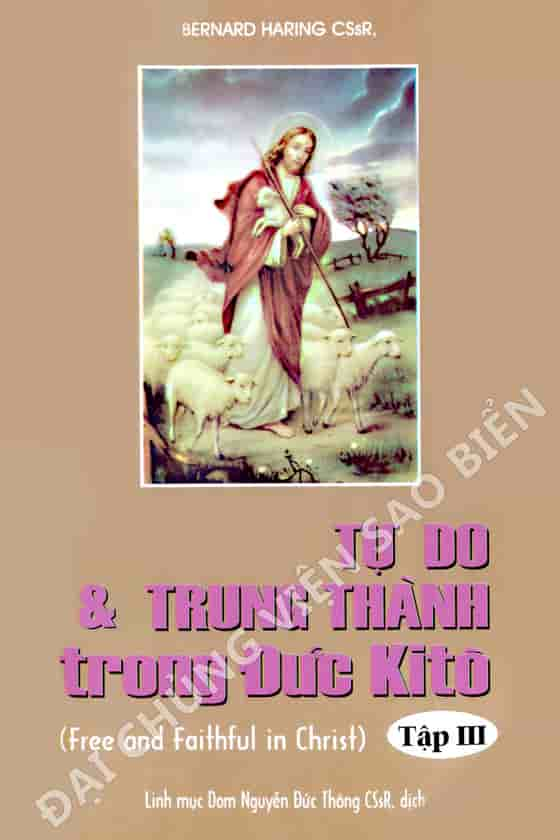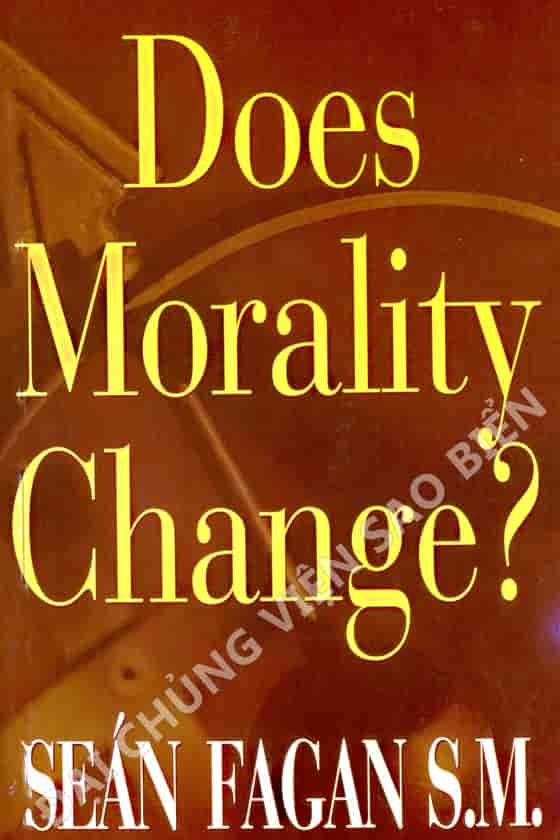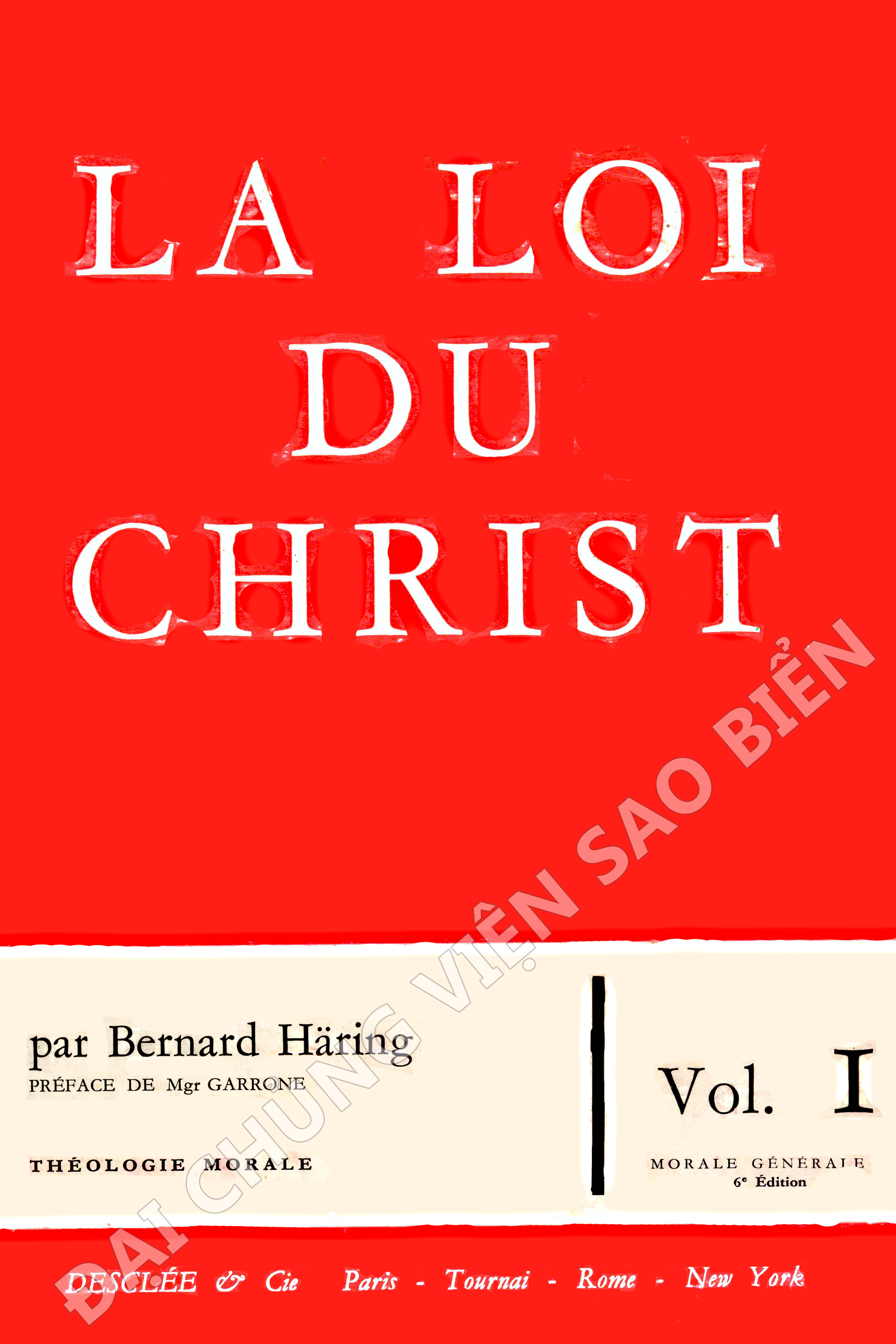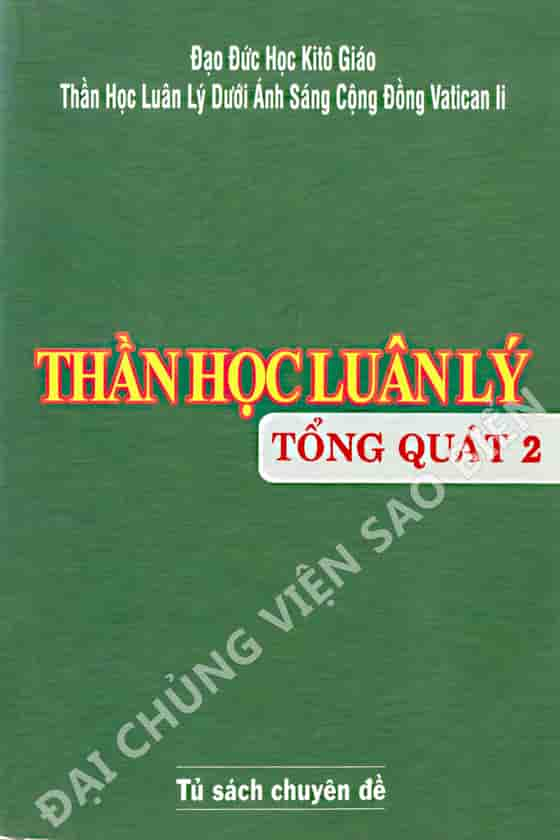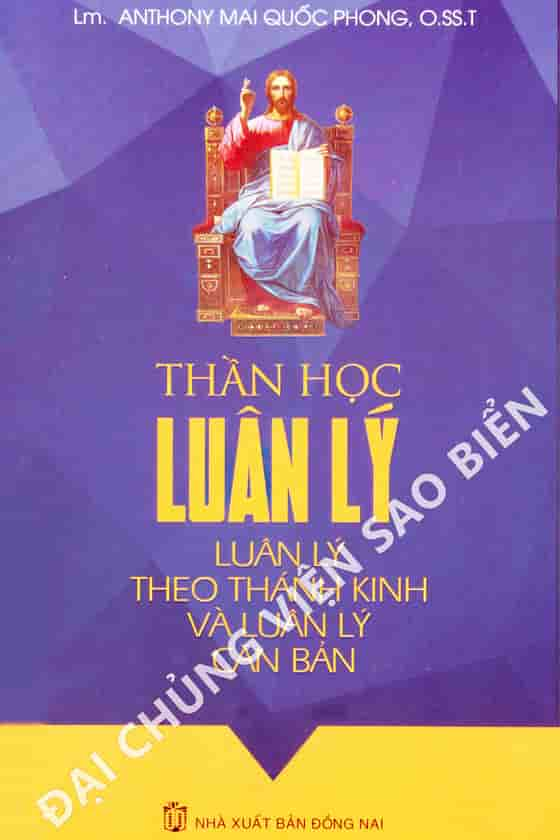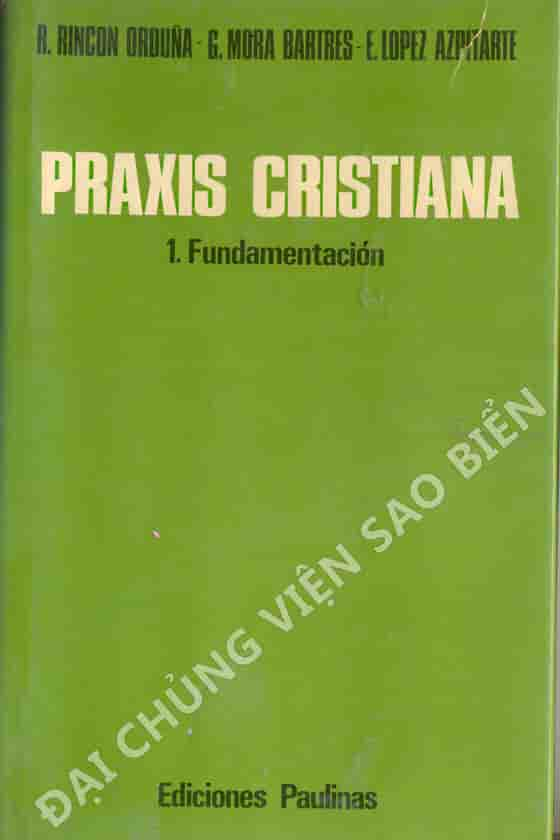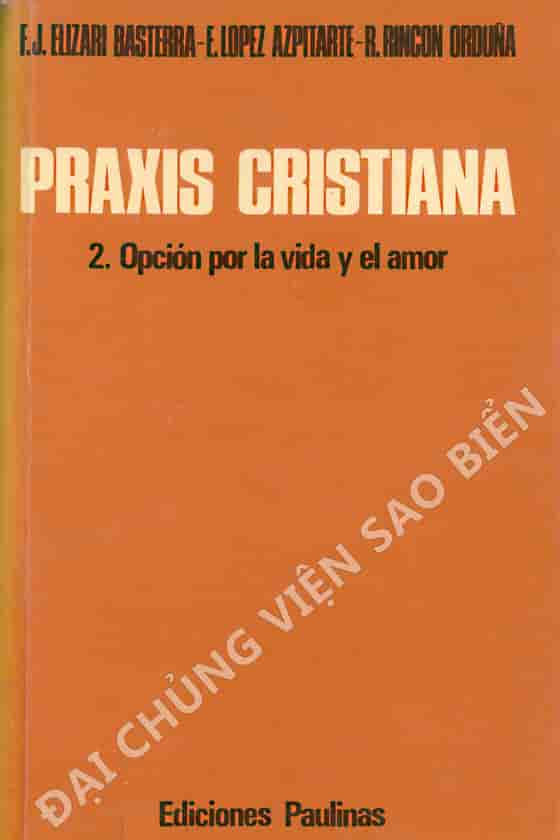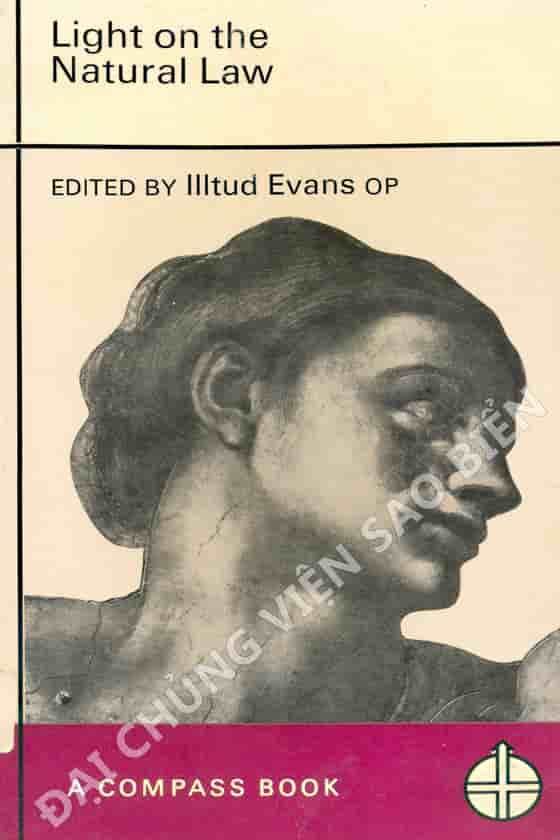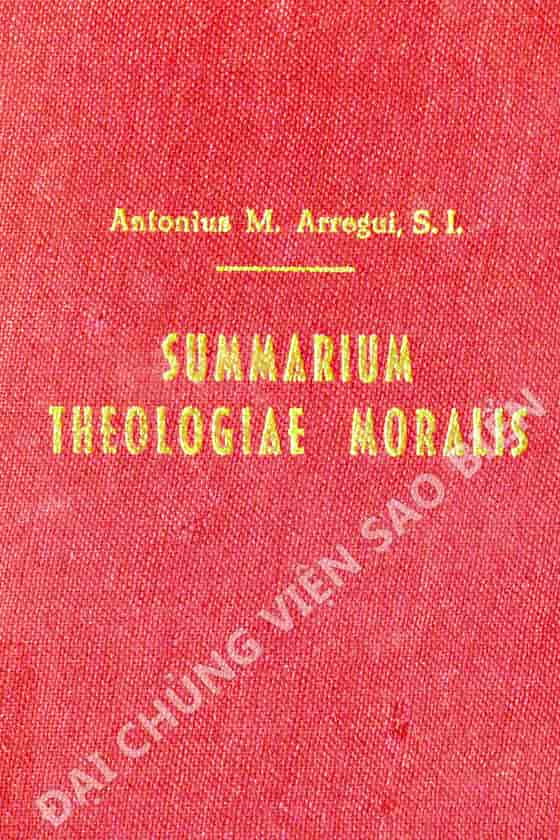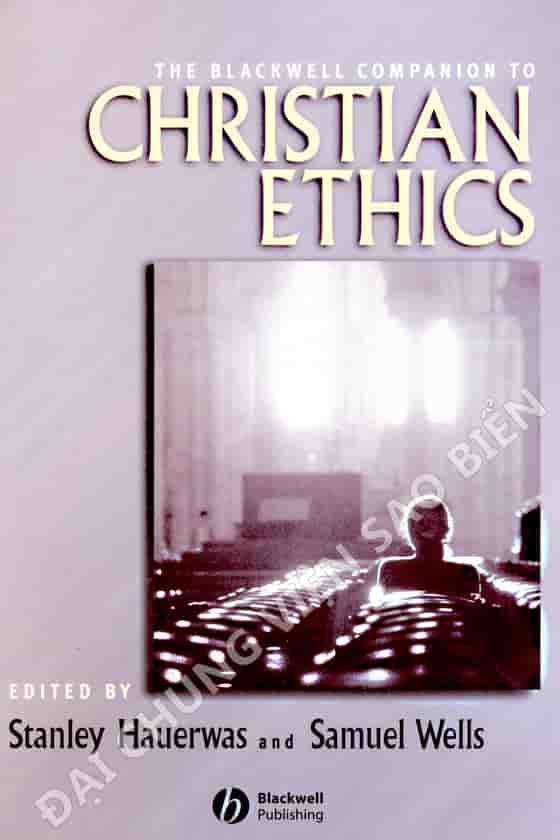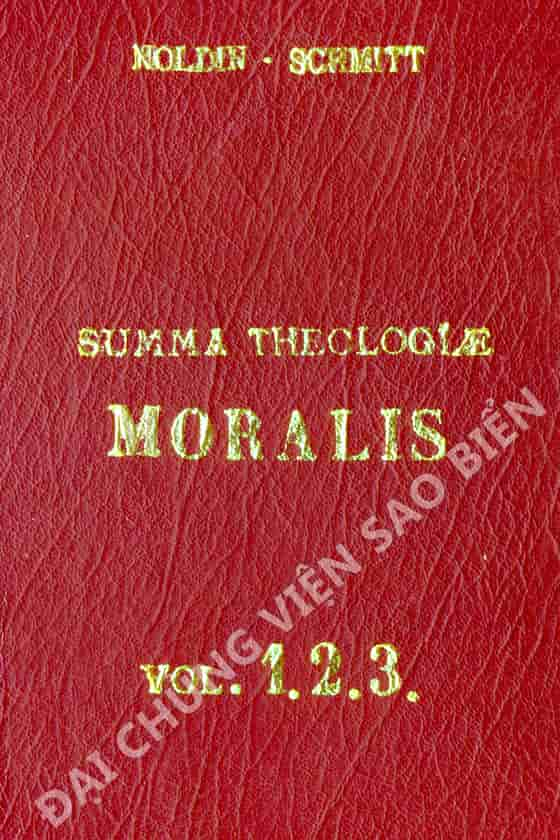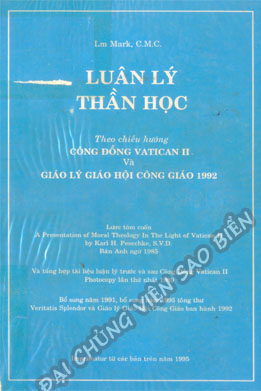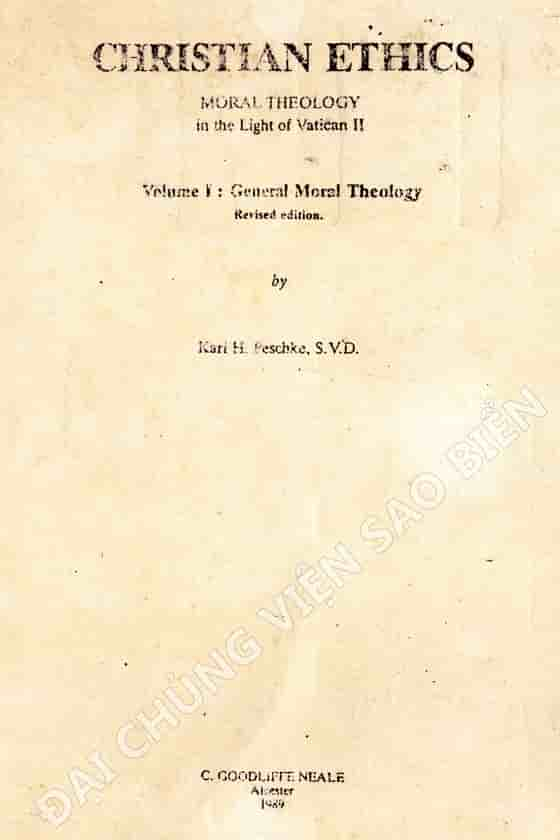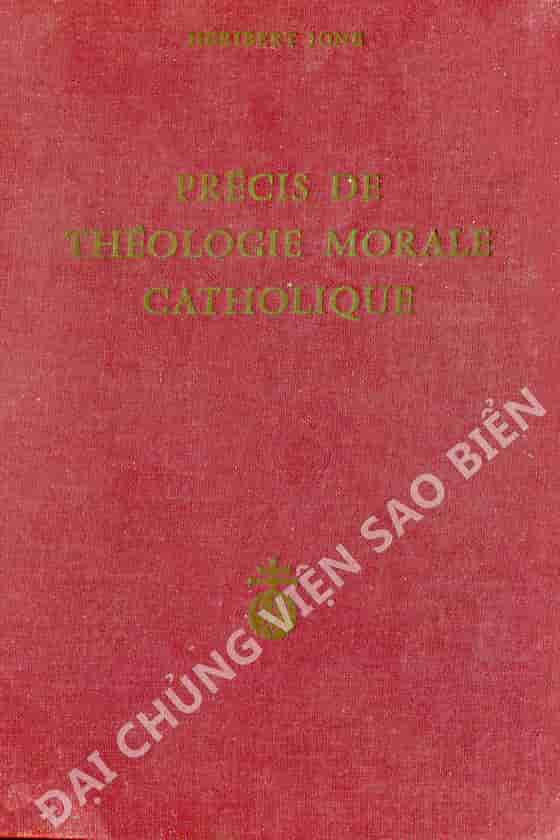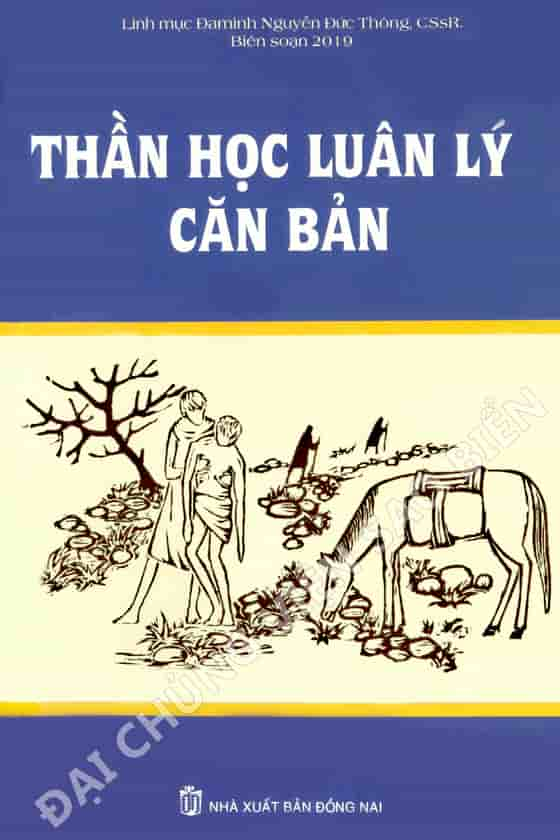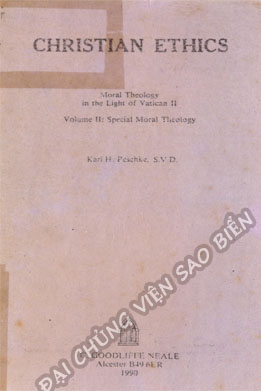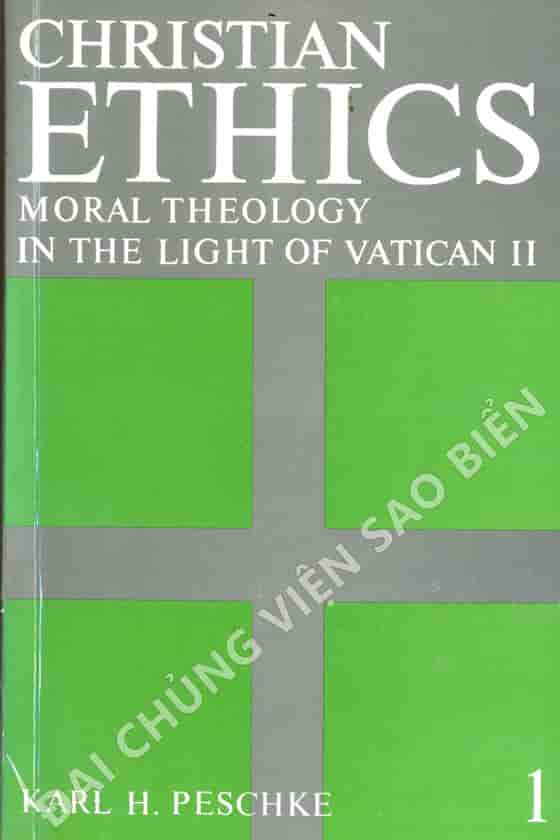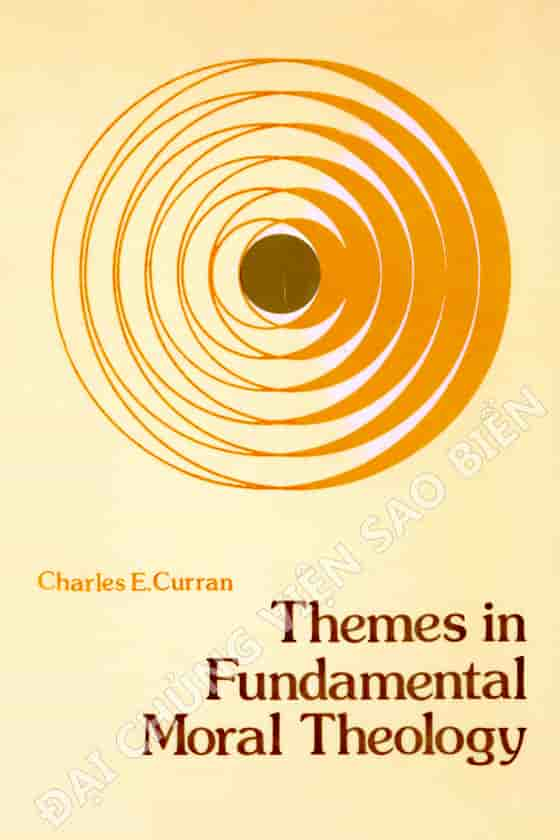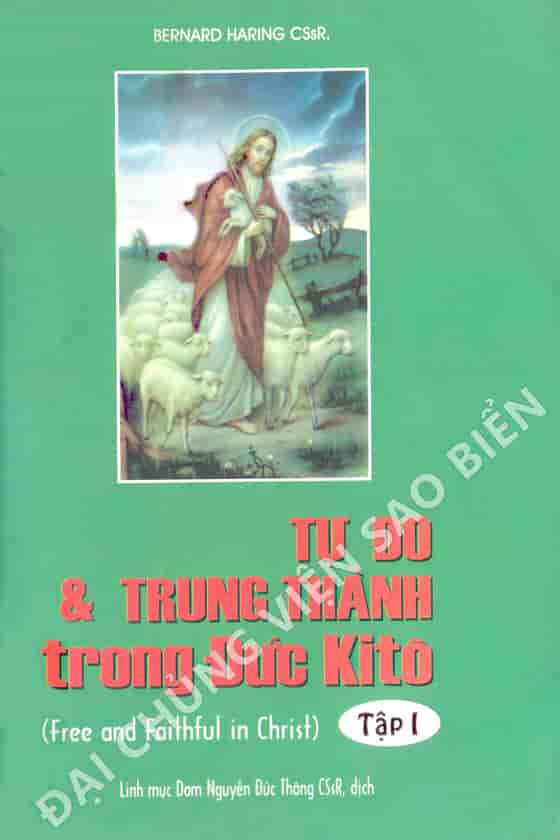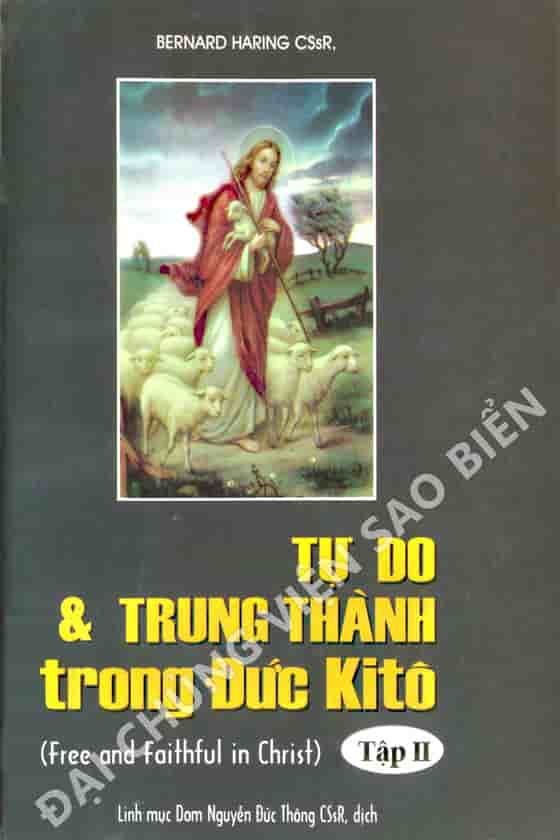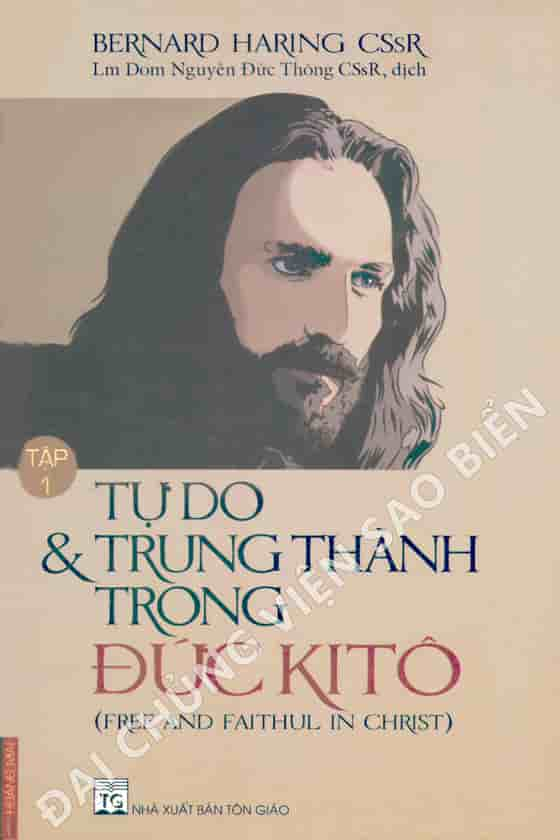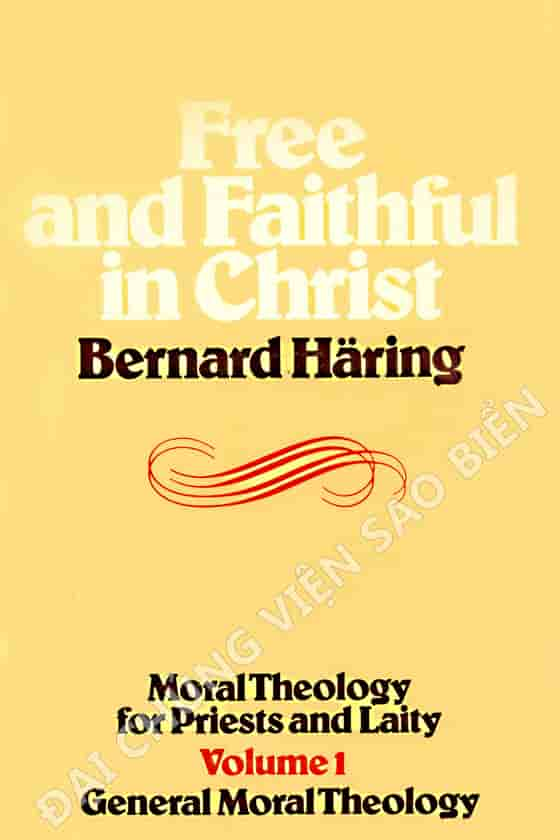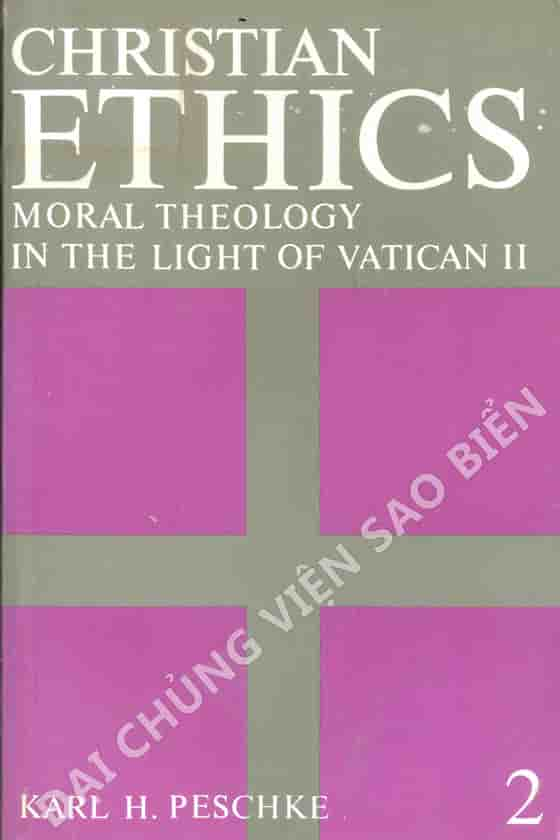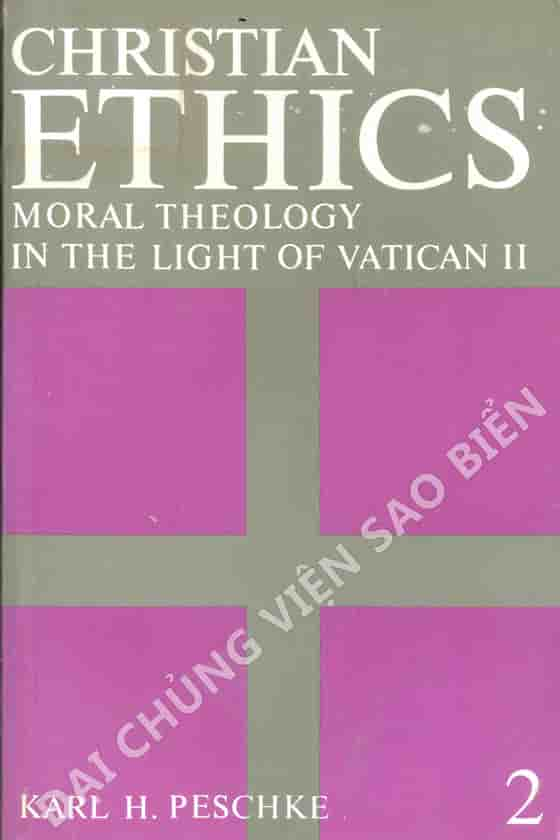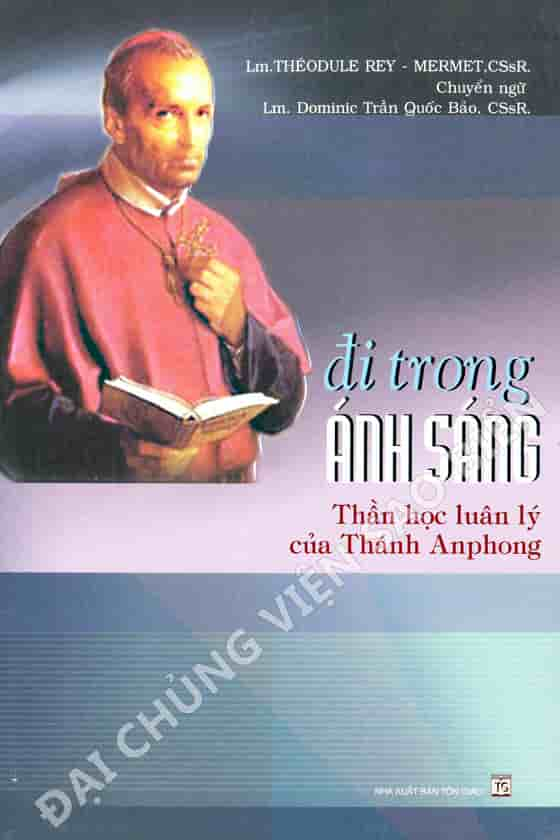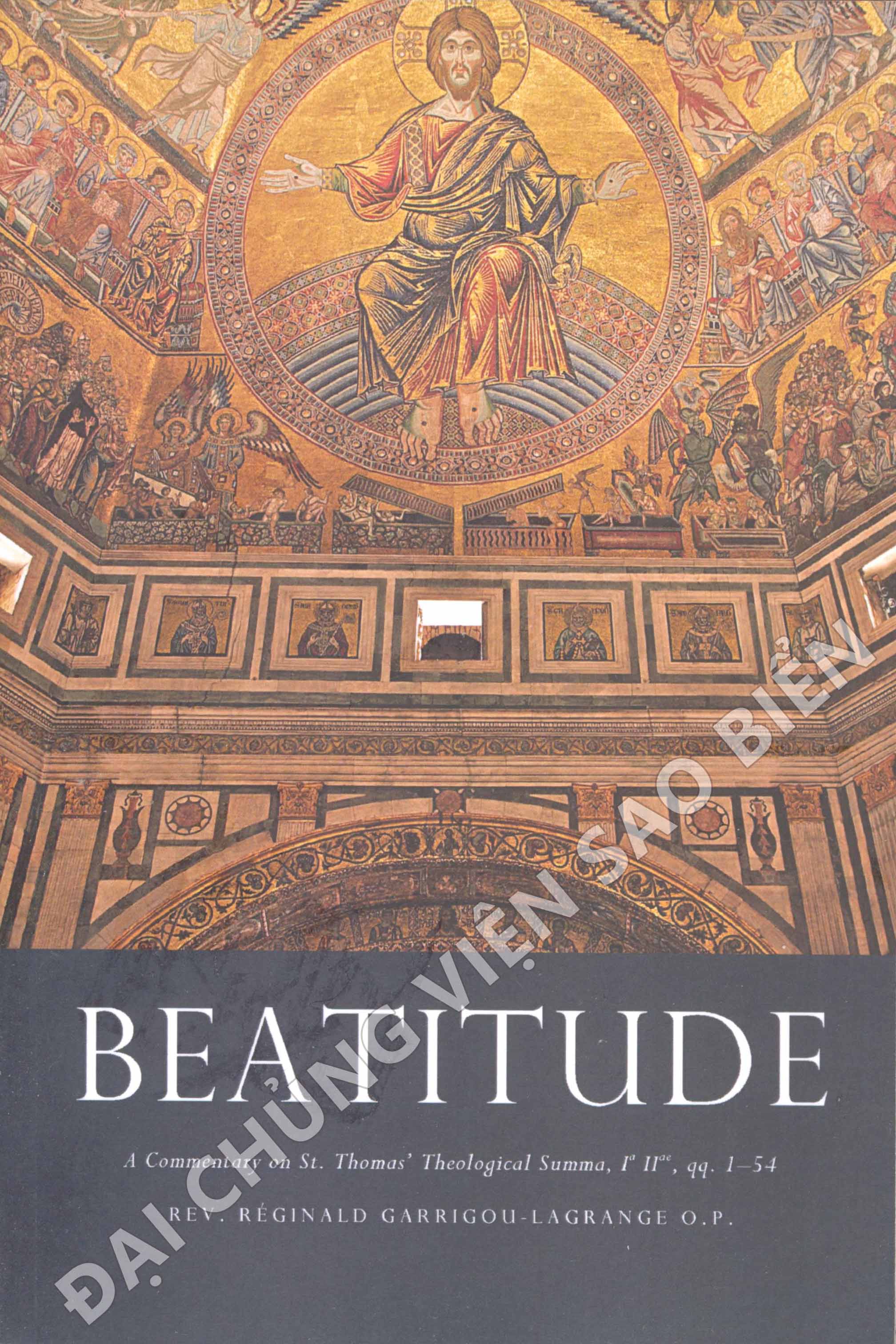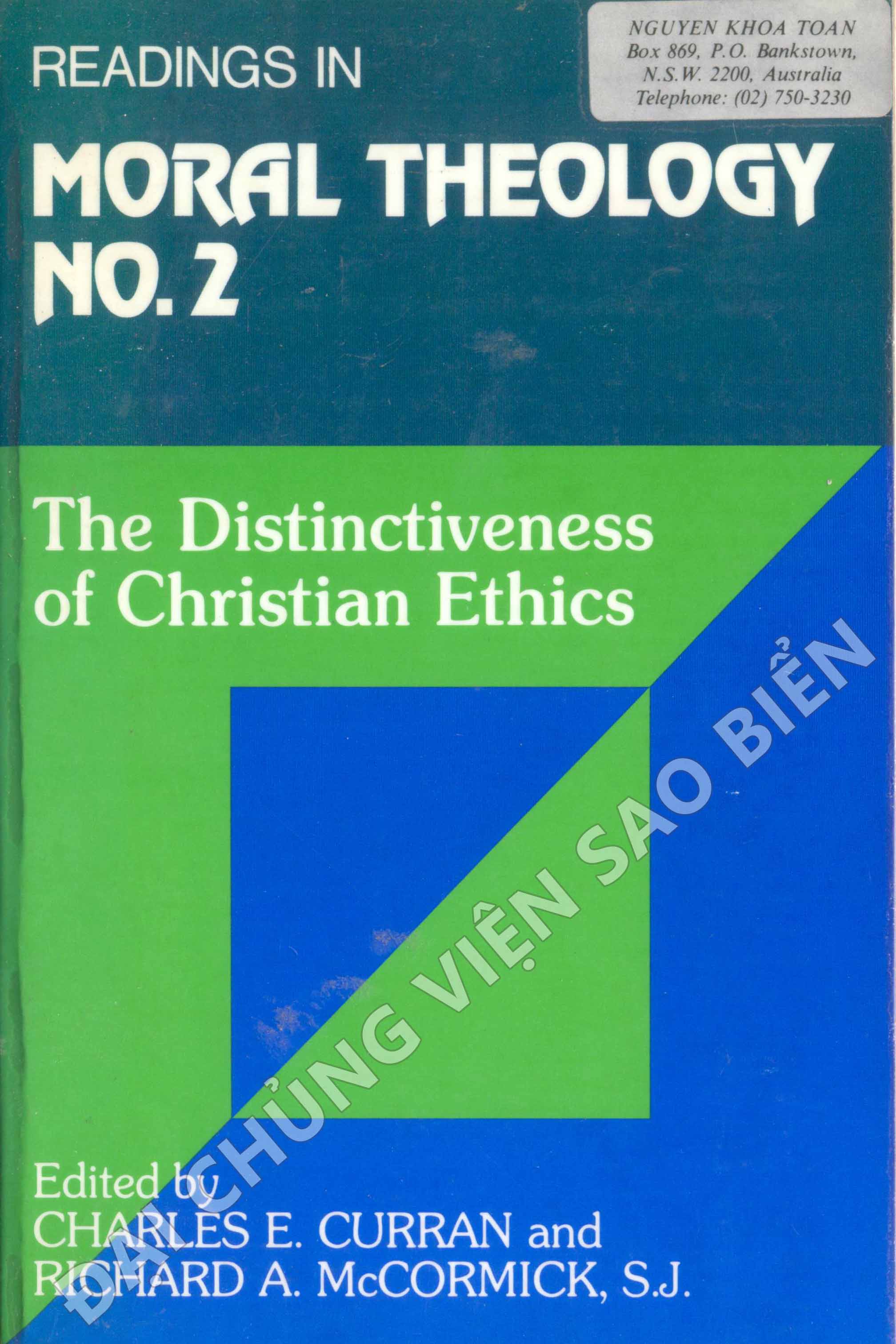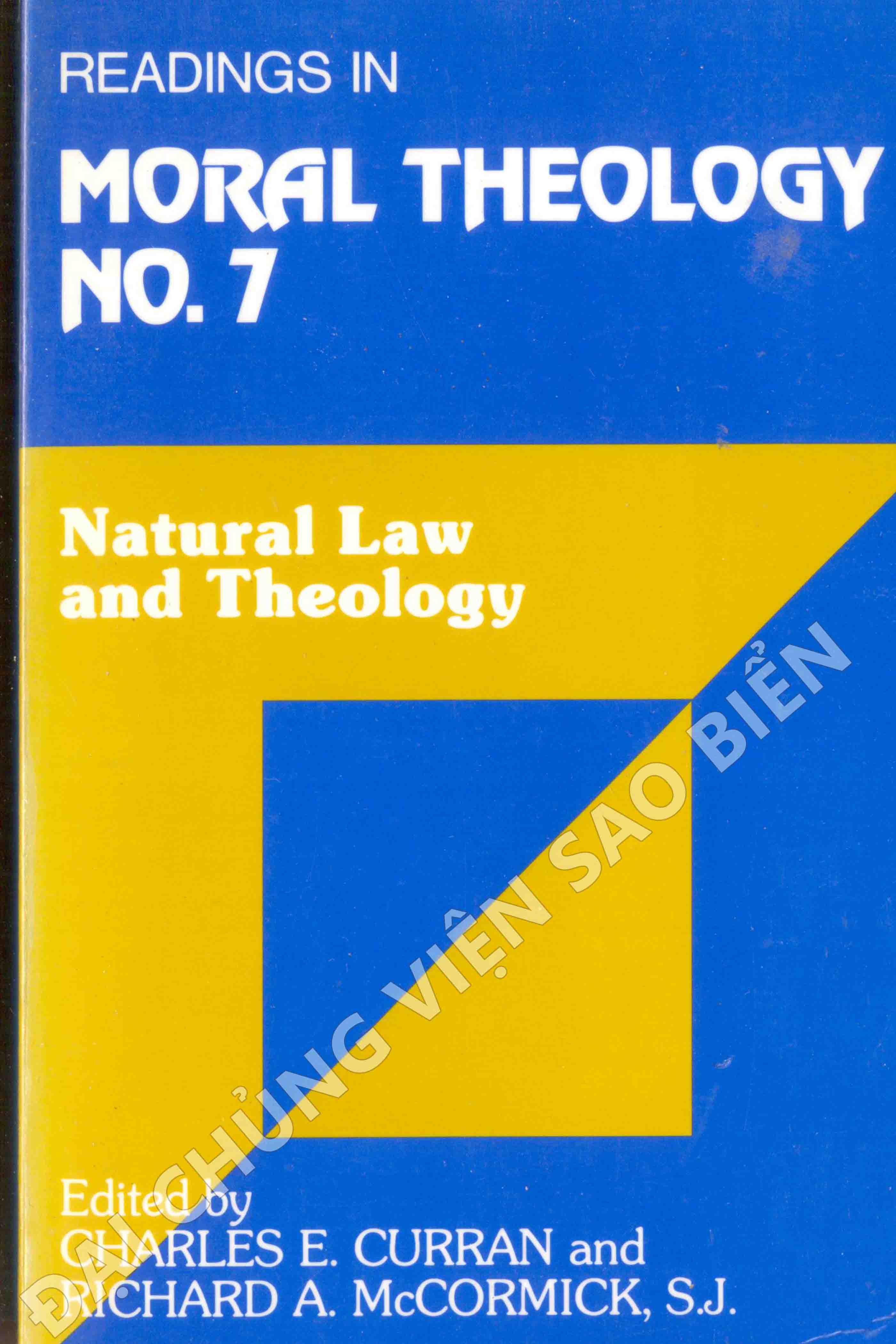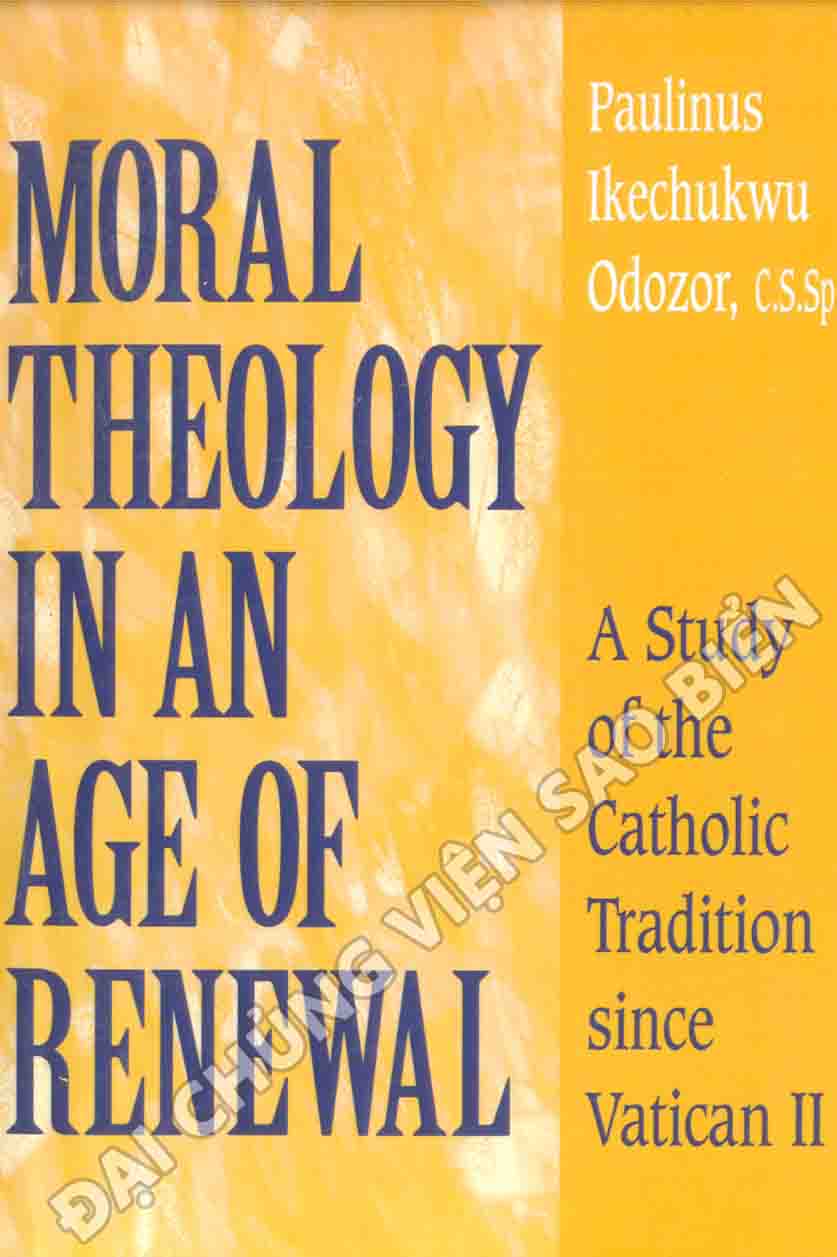| Abbreviations and Acronyms |
9 |
| Introduction |
11 |
| Chapter I INITIAL EPISTEMOLOGICAL QUESTIONS “Laying down the cards” |
15 |
| 1 Epistemologies, sciences, theology |
15 |
| 1.1 Epistemic split and longing for unity of knowledge |
15 |
| 1.2 Theology and moral theology |
19 |
| 2 Anthropology, philosophy, moral theology |
32 |
| 2.1 The anthropological question |
32 |
| 2.2 The choice of the philosophical tool |
40 |
| Chapter II MORAL THEOLOGY IN HISTORY “Standing on the shoulders of giants” |
53 |
| 1 Moral theology in the New Testament and in the age of the fathers |
55 |
| 1.1 The centrality of Christ |
55 |
| 1.2 The moral of the fathers |
60 |
| 2 The Middle Ages |
66 |
| 2.1 The High Medieval Period |
67 |
| 2.2 The Low Middle Ages |
68 |
| 3 The Council of Trent (1545-1563) and thereabouts |
72 |
| 4 From the Council of Trent to Vatican Council II |
76 |
| 4.1 Alphonsus Maria de Liguori |
77 |
| 4.2 Enlightenment: the evolution of the relationship between faith and morals |
78 |
| 4.3 Tubingen School of theology |
81 |
| Chapter III MORALS IN THE BIBLE “A soul for theology” |
85 |
| 1 The Patristic period |
86 |
| 1.1 The apostolic fathers |
86 |
| 1.2 Alexandrine fathers |
89 |
| 1.3 In the West: Augustine |
90 |
| 2 The medieval period |
93 |
| 2.1 The dawn of the Middle Ages: Gregory the Great and the return of the four senses of Scripture |
93 |
| 2.2 Bonaventura of Bagnoregio and Thomas Aquinas |
96 |
| 3 The Council of Trent (1545-1563) |
100 |
| 3.1 The eclipse of the Bible? |
100 |
| 3.2 The ratio atque Institutio Studiorum Societatis lesu and the Roman Catechism |
101 |
| 4 Vatican Council II and beyond |
105 |
| 4.1 The signs (i.e. the road to Vatican II) |
105 |
| 4.2 Vatican II and moral theologians |
106 |
| 4.3 Ecumenical sensitivity |
110 |
| 5 To know more |
116 |
| Chapter IV THE CHRIST-EVENT AND MORAL THEOLOGY “Etsi Deus non daretur or Veluti si Deus daretur?” |
123 |
| 1 Moral autonomy and ethics of faith - a comparison |
125 |
| 1.1 Moral autonomy |
125 |
| 1.2 The ethics of faith |
129 |
| 2 An attempt at an interpretation |
134 |
| 2.1 The moral experience of faith |
134 |
| 2.2 The experience of faith |
135 |
| 2.3 Tertium non datur? Truth lies in the relationship |
137 |
| 3 Centrality of Christ |
142 |
| 3.1 The experience of the encounter with Christ |
142 |
| 3.2 The following: A disciple of the master who is never alone |
145 |
| Chapter V NATURAL LAW “In search of lost nature” |
151 |
| 1 The experience of natural law |
152 |
| 1.1 The signs of malaise |
152 |
| 1.2 The testimony of the Letter to the Romans and history’s legacy |
155 |
| 1.3 The natural law according to Thomas Aquinas |
160 |
| 2 From the anthropology of indigence to natural law |
164 |
| 3 Some delicate points beyond certainty |
168 |
| 3.1 The prism of nature and human nature |
169 |
| 3.2 Natural law, magisterium and the Gospel |
173 |
| 4 The historicity of natural law |
178 |
| 4.1 The genius of Aquinas |
179 |
| 4.2 Certain contemporary conceptions |
182 |
| 4.3 The currency of a historical reflection |
186 |
| Chapter VI MORAL CONSCIENCE “The backstage direction” |
191 |
| 1 Conscience in the labyrinth |
193 |
| 2 Biblical sources and historical reception |
197 |
| 2.1 Moral conscience between ethics and faith: Scripture |
197 |
| •2 Person, conscience, truth: the Middle Ages |
201 |
| 3 Gaudium et spas: point of arrival and recommencement |
207 |
| 3.1 The Council process |
207 |
| 3.2 Beyond a decision-making device |
210 |
| 4 Towards a synthesis |
214 |
| 4.1 Conscience and/is the unity of the person |
214 |
| 4.2 The phenomenon of conscience’s decision |
219 |
| 4.3 The moral conscience of the Christian |
226 |
| 5 Conscience’s education |
232 |
| 5.1 Learning to understand need: indigent conscience |
233 |
| 5.2 Learning to recognise moral truth: the pilgrim conscience |
238 |
| 5.3 Educating towards the acknowledgment of the ecclesiastical dimension: conscience in dialogue |
242 |
| Chapter VII THE FUNDAMENTAL OPTION “Life’s polar star” |
249 |
| 1 Attempting an explanation |
253 |
| 1.1 Beyond action’s fragmentation |
253 |
| 1.2 Stable, dynamic, alternative |
258 |
| 2 Fundamental option: the decision of decisions |
263 |
| 2.1 The vital option |
263 |
| 2.2 Specific actions |
265 |
| 2.3 The theological dimension of the fundamental option |
267 |
| Chapter VIII SIN “Lucidly lying to oneself” |
275 |
| 1 The anthropological coordinates of sin |
277 |
| 1.1 Sin, deed, person |
277 |
| 1.2 Sin and the fundamental option |
280 |
| 1.3 Sin and conscience |
283 |
| 2 Mortal sin and venial sin |
286 |
| 2.1 Grave matter, full advertence, deliberate consent |
286 |
| 2.2 Sin, grace, fundamental option |
293 |
| 3 Listening to Scripture |
296 |
| 3.1 In relation with God |
298 |
| 3.2 In relation with ourselves |
300 |
| 3.3 In relation with others |
301 |
| Chapter IX MORAL DISCERNMENT «Go and do the samew |
305 |
| 1 The already given in moral discernment |
307 |
| 1.1 The path: from the object to the subject and viceversa |
308 |
| 1.2 The normative formulations of moral values and principles |
316 |
| 2 In the light of faith |
321 |
| 2.1 The community’s life |
321 |
| 2.2 The service of the magisterium |
324 |
| 2.3 Eucharist: a test of discernment |
326 |
| 3 The original synthesis of moral conscience |
332 |
| 3.1 Present at the start |
332 |
| 3.2 With the owl's eyes |
334 |
| Conclusion |
337 |
| Bibliography |
|
| Magisterial sources, documents, texts |
339 |
| Epistemology and interdisciplinarity |
340 |
| Historical evolution and use of the Bible |
350 |
| Process of decision |
360 |
| Fundamental option and sin |
371 |
| Moral discernment |
377 |
| Index of names |
383 |
